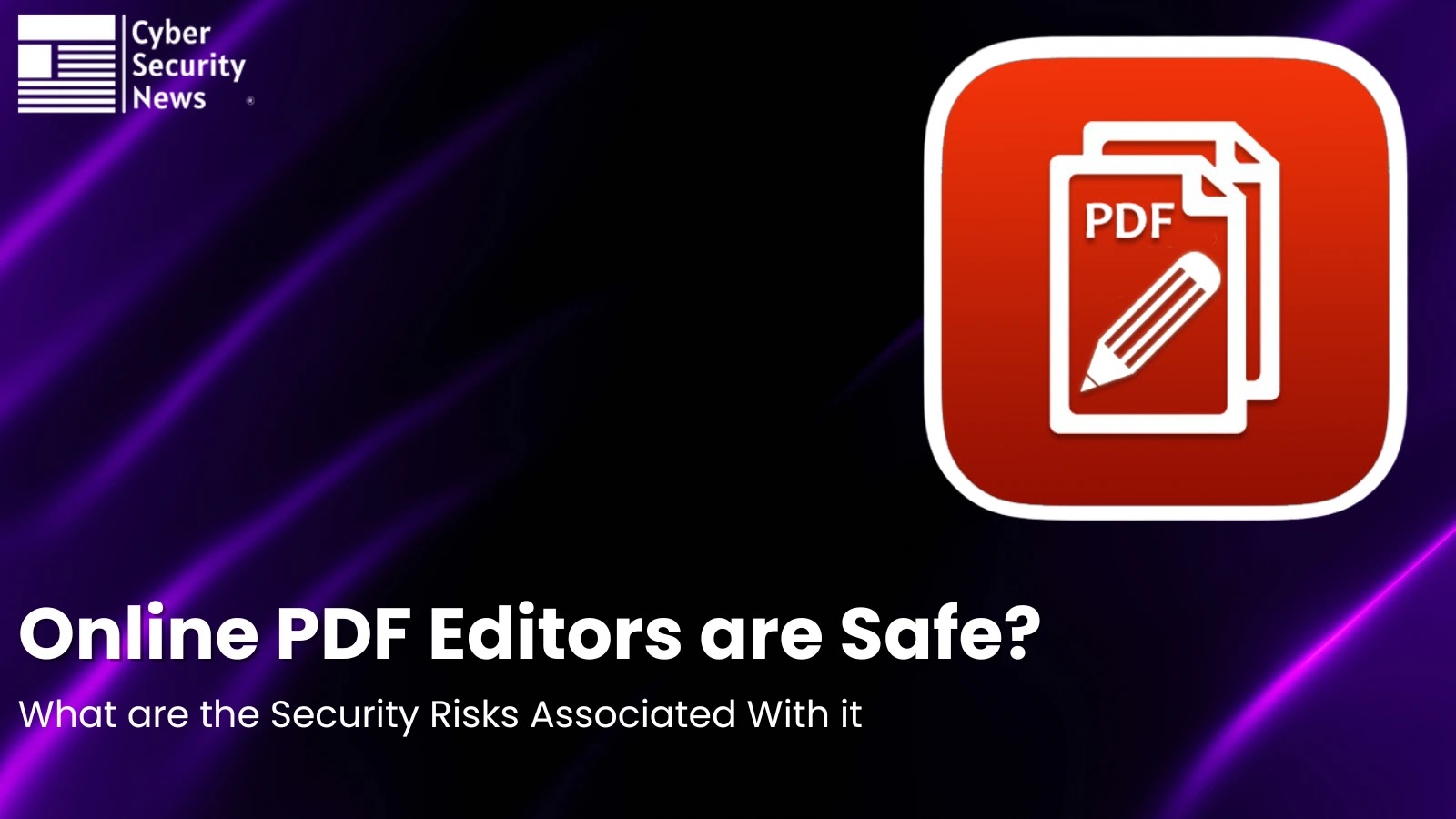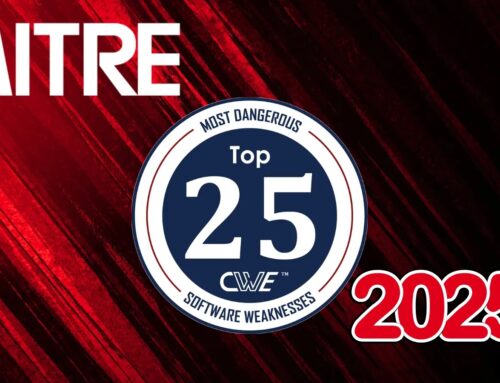
Online PDF Editors Safe to Use? Detailed Analysis of Security Risks Associated With It
The ubiquity of online PDF editors has transformed how individuals and organizations manage documents. These cloud-based solutions offer undeniable convenience, allowing for quick edits, conversions, and sharing without the need for dedicated desktop software. However, beneath this veneer of efficiency lies a complex landscape of cybersecurity risks that demand meticulous scrutiny. While seemingly innocuous, leveraging these platforms can inadvertently expose sensitive data and introduce significant vulnerabilities into your digital ecosystem. The question isn’t merely about convenience; it’s about evaluating the inherent security trade-offs.
The Inherent Risks of Cloud-Based PDF Editing
Unlike traditional desktop applications, online PDF editors operate by processing your documents on remote servers. This fundamental architectural difference introduces a spectrum of security challenges. Your data, even if only briefly, resides outside your direct control, making it susceptible to various attack vectors.
Data Interception and Confidentiality Breaches
- Transit Vulnerabilities: When you upload a PDF to an online editor, it travels across the internet. Without robust encryption (e.g., TLS 1.2 or higher), this data can be intercepted by malicious actors. Even with encryption, weaknesses in the service provider’s infrastructure or misconfigurations can create opportunities for man-in-the-middle attacks.
- Server-Side Exposure: Once uploaded, your document is stored and processed on the editor’s servers. If these servers are improperly secured or become targets of a breach, your confidential information could be exfiltrated. This risk is amplified for organizations handling proprietary data, financial records, or personally identifiable information (PII).
Malware Injection and Supply Chain Concerns
- Uploaded Document as Vector: While less common, a sophisticated attacker could potentially craft a malicious PDF document designed to exploit vulnerabilities in the online editor itself, turning the editor into a conduit for broader system compromise.
- Editor as Malicious Output Source: Conversely, if an online editor’s infrastructure is compromised, it could be tampered with to inject malware into the processed output files. Imagine downloading a “clean” PDF from a seemingly legitimate editor, only for it to contain embedded malicious scripts or exploits. The recent CVE-2023-38545, while related to curl, highlights how vulnerabilities in common tooling can have ripple effects across many applications.
Compliance and Regulatory Violations
For businesses operating under strict data protection regulations such as GDPR, HIPAA, or CCPA, the use of unvetted online PDF editors poses significant compliance risks. These platforms often lack the necessary certifications or auditing trails to demonstrate adherence to specific data handling, storage, and access control requirements. Using them could lead to:
- Fines and Penalties: Non-compliance can result in substantial financial penalties.
- Reputational Damage: Data breaches linked to third-party services erode customer trust.
- Legal Ramifications: Organizations could face lawsuits from affected individuals or regulatory bodies.
Lack of Transparency and Data Ownership
Many free or low-cost online PDF editors operate with opaque privacy policies. Understanding exactly how your data is processed, stored, and potentially used (or sold) by these providers can be challenging. Some terms of service might grant the provider rights to access, analyze, or even distribute the content you upload, effectively relinquishing your control over sensitive documents.
Remediation Actions and Best Practices
Mitigating the risks associated with online PDF editors requires a multi-faceted approach, balancing convenience with security imperatives.
For Individuals:
- Assess Sensitivity: Avoid using online editors for documents containing highly sensitive personal, financial, or medical information.
- Review Privacy Policies: Before uploading, always skim the service’s privacy policy and terms of service. Look for explicit statements about data handling, retention, and deletion.
- Use Reputable Services: Opt for well-established online editors with strong security track records and clear privacy commitments. Paid services often offer better security guarantees than free ones.
- Encrypt Locally: If possible, encrypt your PDF documents before uploading them to an online editor, if the service supports processing encrypted files. This adds an extra layer of protection.
- Delete After Use: Utilize any “delete after use” or “auto-delete” features if offered by the service.
For Organizations:
- Security Policy & Vetting: Establish clear policies regarding the use of cloud-based document editors. Thoroughly vet any third-party service provider for their security practices, compliance certifications (e.g., SOC 2, ISO 27001), and data residency.
- Vendor Risk Management: Integrate online PDF editor usage into your broader vendor risk management framework. Demand transparency on their security controls, incident response plans, and data breach notification procedures.
- Data Classification: Implement a robust data classification policy. Restrict the use of online editors for documents classified as “Confidential” or “Restricted.”
- Secure Alternatives: Explore secure on-premise or enterprise-grade cloud solutions for PDF editing. Many document management systems now include integrated PDF editing capabilities that keep data within your controlled environment.
- Employee Training: Educate employees about the risks of using unapproved online tools and the importance of adhering to company data security policies.
- Network Monitoring: Implement network monitoring to detect unusual traffic patterns or unauthorized data exfiltration attempts that might signal a compromise related to third-party service usage.
Tools for Secure Document Handling (Beyond Online Editors)
| Tool Name | Purpose | Link |
|---|---|---|
| Adobe Acrobat Pro | Comprehensive desktop PDF editing with robust security features. | Adobe Acrobat |
| LibreOffice Draw | Open-source desktop application for PDF editing and creation. | LibreOffice Draw |
| Foxit PDF Editor | Feature-rich desktop PDF editor with strong security options. | Foxit PDF Editor |
| VeraCrypt | Disk encryption software for securing entire drives or containers where sensitive PDFs might be stored. | VeraCrypt |
| NGINX (for reverse proxy/WAF) | Can be configured as a reverse proxy or integrated with WAF for secure web application access, including internal document servers. | NGINX |
Conclusion
The convenience of online PDF editors comes with a tangible security price. While casual use for non-sensitive documents might pose minimal risk, the processing of confidential or regulated information through these platforms introduces significant vulnerabilities. Organizations and individuals must approach these tools with a cybersecurity-first mindset, prioritizing data protection and compliance over mere convenience. Understanding the attack vectors—from data interception and malware injection to compliance violations—is the first step. Implementing robust vetting processes, adhering to strict data classification, and preferring secure, controlled environments for sensitive documents are critical to safeguarding your digital assets.





